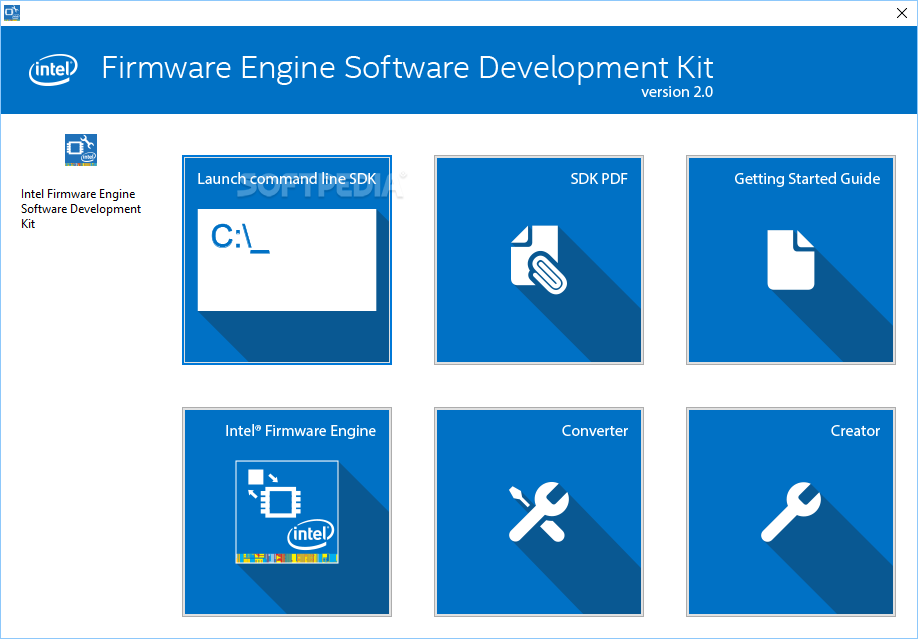
As new versions of D3DX are shipped in future releases of the DirectX SDK, applications linking to earlier D3DX libraries will remain unaffected. This DLL corresponds to the D3DX headers the application is compiled against (named with the D3DX_SDK_VERSION constant in D3dx9core.h). By statically linking an application to D3dx9.lib, the application dynamically links to the corresponding retail D3DX DLL at run-time. Multiple releases of D3DX can reside independently on a single system simultaneously. Applications linking against the version of D3DX in this release must also redistribute the runtime from this SDK. The D3DX library included in this release is dependent on the Direct3D runtimes that shipped with this SDK. The retail D3DX DLL is included in the redistributable provided in the SDK, and is automatically installed as part of Installing DirectX with DirectSetup. UPDATE :: While it is still a good idea to avoid the legacy D3DX9, D3DX10, and/or D3DX11 utility libraries for new. NET 3.5 as a prerequisite installation to the DirectX SDK. If you install onto a computer running Windows 8 and later, you will be prompted and required to enable. Only one version of D3DX is provided in this release of the DirectX SDK. With all that said, the default install location for the legacy DirectX SDK is C:\Program Files (x86)\Microsoft DirectX SDK (June 2010) on a 64-bit system or C:\Program Files\Microsoft DirectX SDK (June 2010) on a 32-bit system. Ensure that the June 2010 release of the DirectX SDK is installed on your development computer.

D3DX is provided as a dynamic-link library (DLL). If upgrading to a newer version of Direct3D and associated utility code is not an option, you can make use of the 3DX NuGet package rather than relying on the legacy DirectX SDK or DirectSetup.ĭ3DX is a library of tools designed to provide additional graphics functionality on top of Direct3D.


 0 kommentar(er)
0 kommentar(er)
